Genuinely sustainable solutions encompassing the entire product lifecycle
SUSTAINABILITY
100% plastic, 100% sustainable
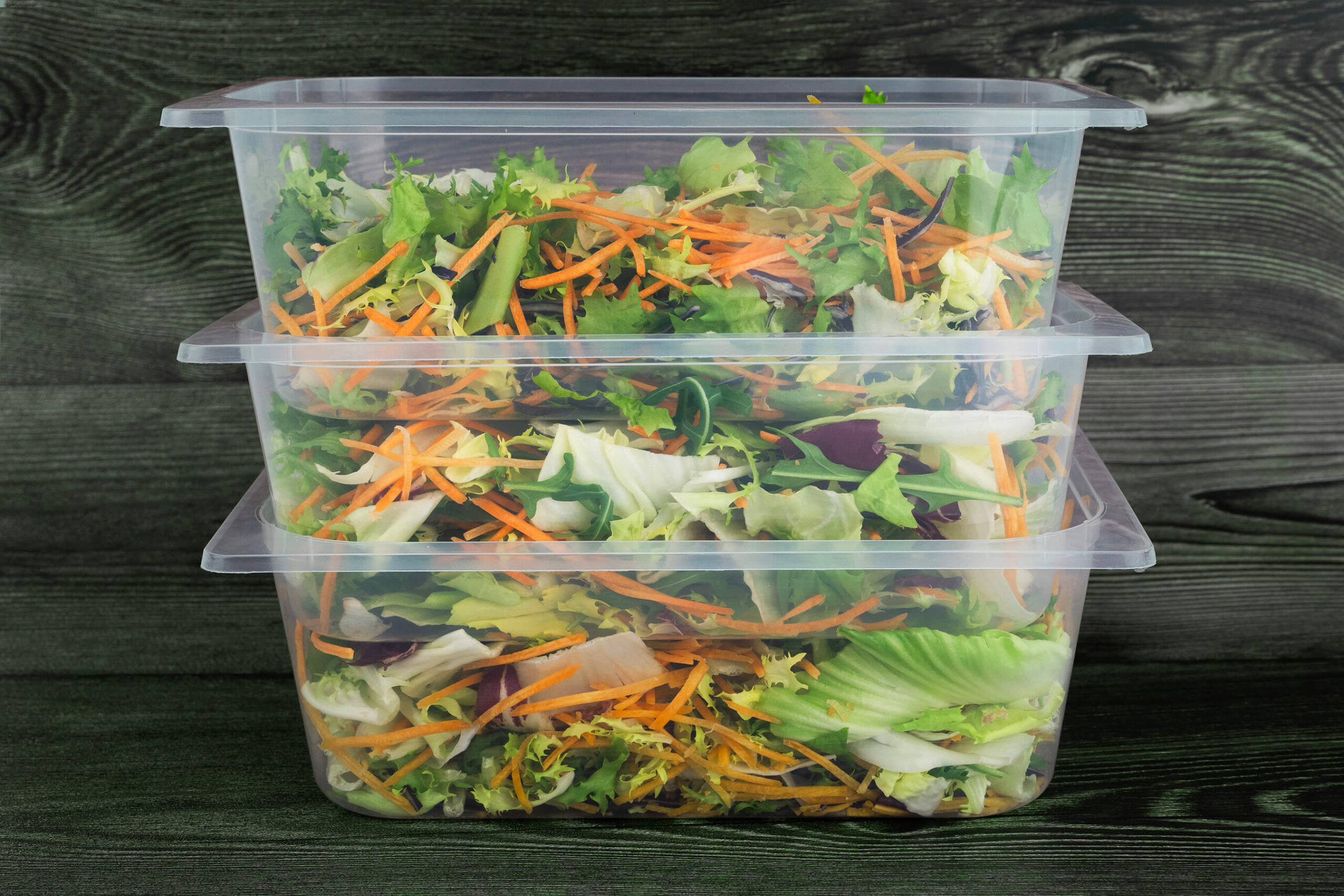
Plastic packaging designed to be sustainable
Our designs aim to minimise the environmental impact right from the concept stage, adhering to the principles of the circular economy: Reduce, Recycle, Reuse. How?
– We choose lightweight, high-performance, impact-resistant and durable materials that are both hygienic and non-toxic, thereby avoiding pollution
– We carefully design shapes to protect quality and safety, increase product shelf life and thus reduce food and water waste
– We minimise the material used and craft compact shapes to consequently cut energy consumption in storage and transport, and lower waste production
– We address the post-consumer phase by selecting mono-materials that have a recycling stream, even for graphics and labelling, by providing clear indications on separate collection, and by encouraging a culture that maximises premium recycling to safeguard the environment
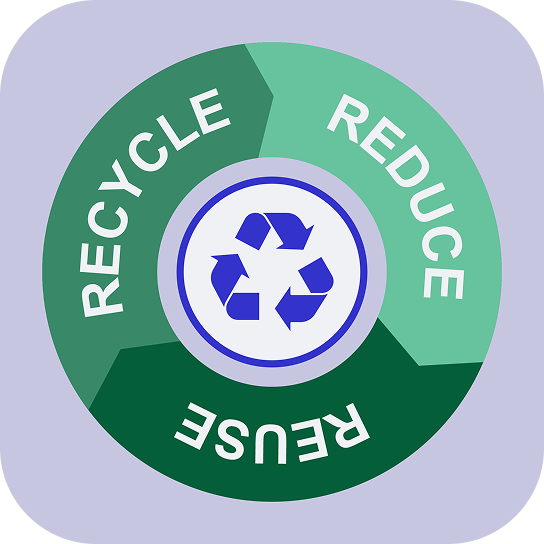
Sustainable production
At Inipack.it we pay great attention to each phase of the product lifecycle to enhance sustainability. Our production and business practices are rooted in sustainability through:
– predominantly using energy from renewable sources
– optimising transportation for improved efficiency
– employing technologies and facilities that curtail energy consumption
– continuously monitoring and refining processes with a view to further decrease energy and material usage
– deliberately selecting suppliers who prioritise materials that are renewable, compostable, and recyclable.
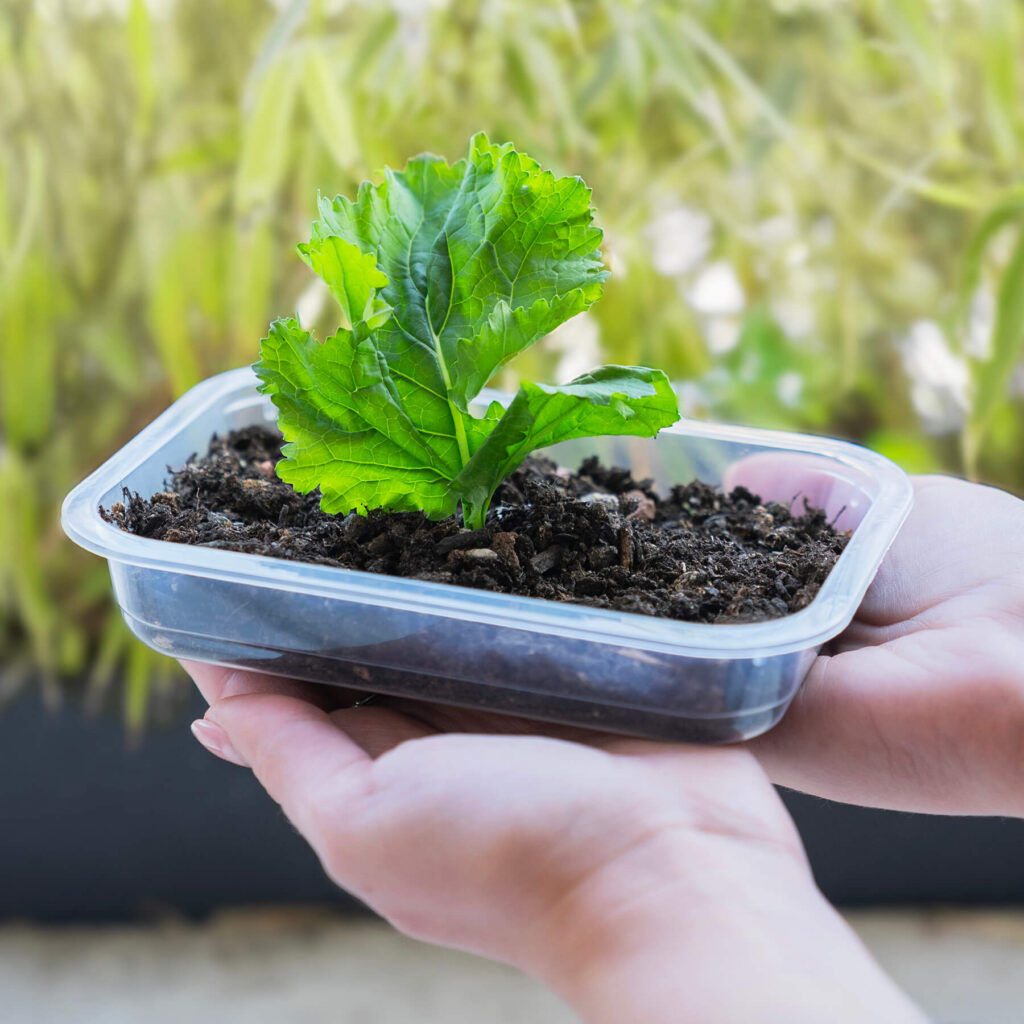
Shifting from plastic free to embracing plastic. Why?
Plastic is commonly perceived as unsustainable and polluting. However, a number of scientific studies examining its entire lifecycle have confirmed that, in many instances, plastic products have a lower environmental impact than other materials such as glass, paper, and metal. Research indicates that in various application contexts, plastics can have up to 90% lower greenhouse gas emissions. This is due, for example, to their lower energy intensity in both production and recycling, alongside their lightweight nature, which results in reduced fuel consumption during transport. Plastic also plays a role in curbing food waste, potentially rising to 50% of market products when storage isn’t handled properly. Recycling facilitates the complete reuse of plastic packaging, and even when they are not disposed of properly after usage, it is important to remember that they are not among the primary sources of microplastics in the environment. Instead, microplastics primarily originate from washing clothes, the wear and tear of tyres on roads, and urban dust, as highlighted by numerous studies from significant organisations like the International Union for Conservation of Nature and Natural Resources (IUCN).
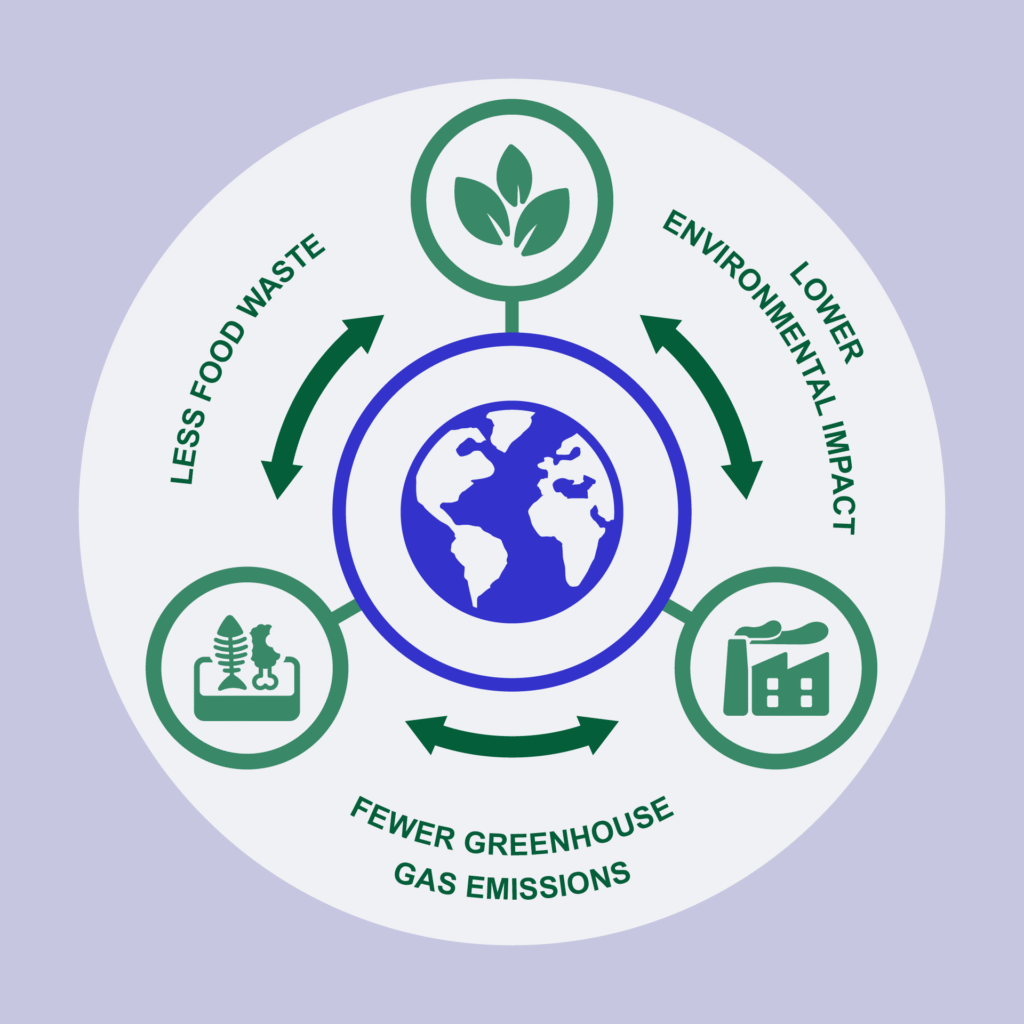

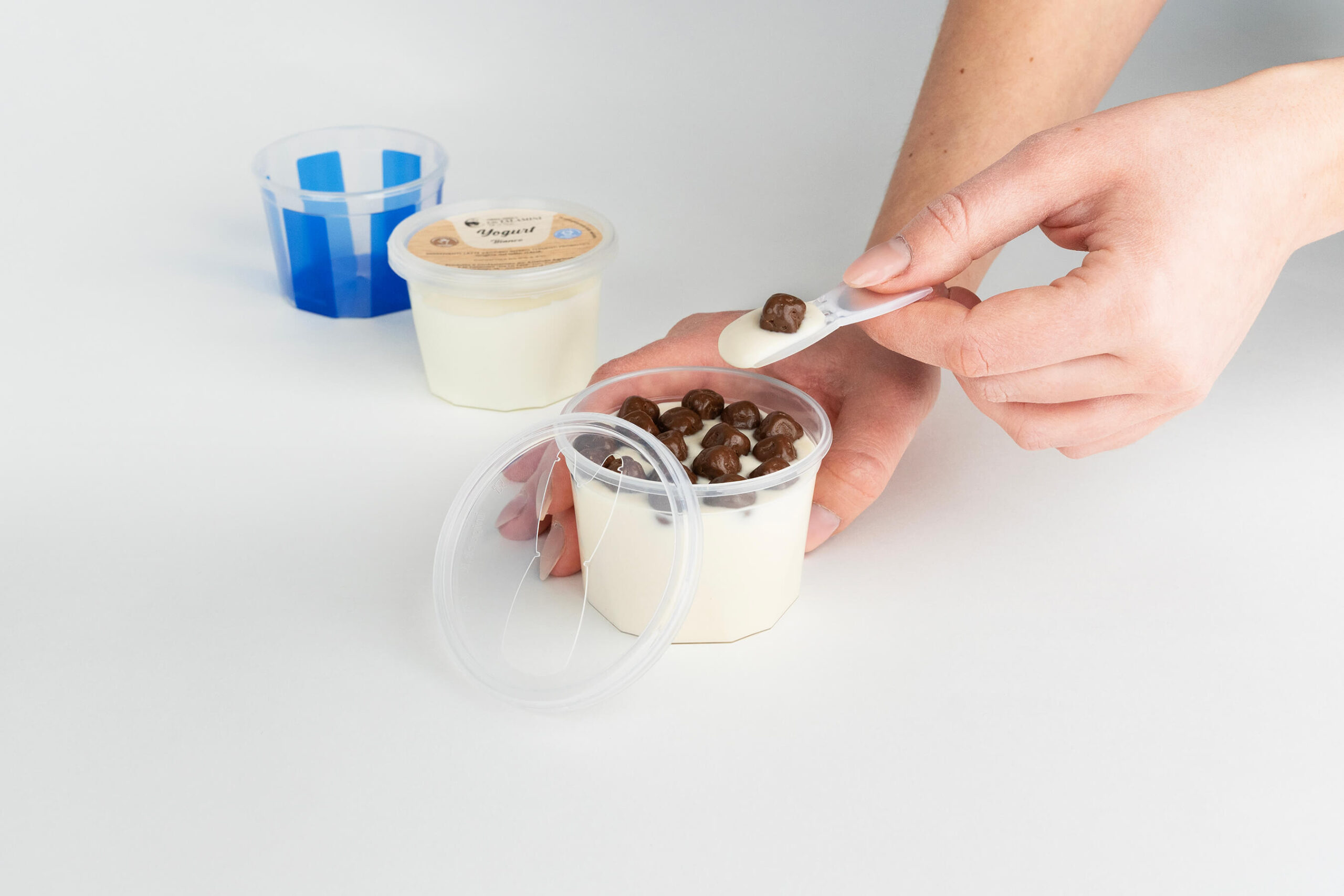 Innovation
Innovation
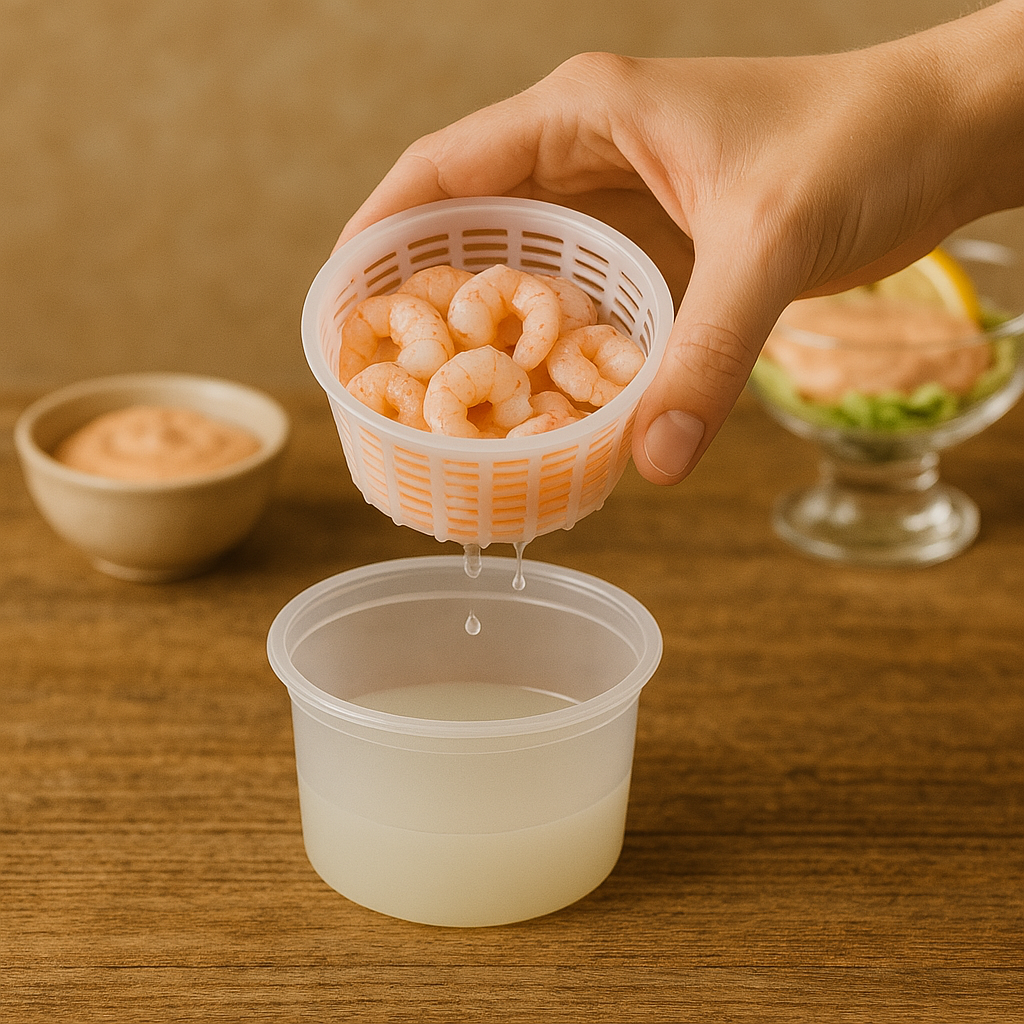 Quality
Quality